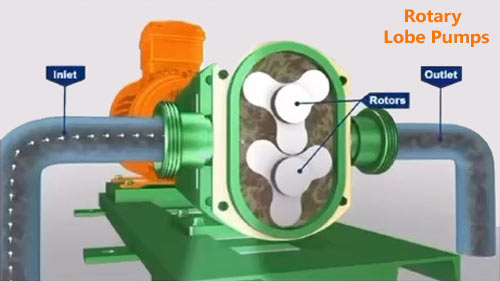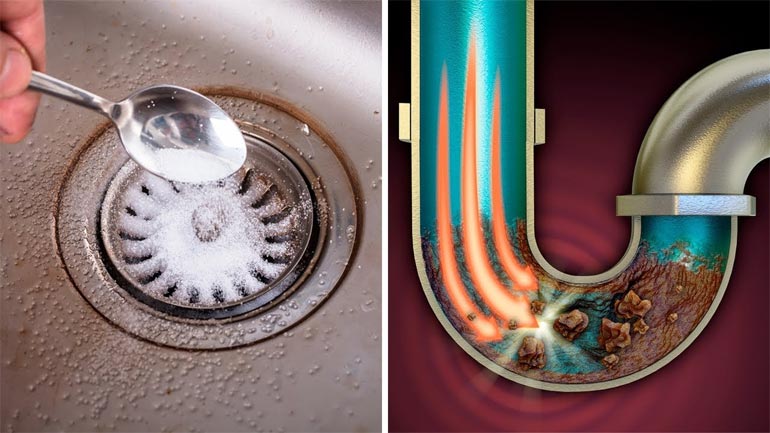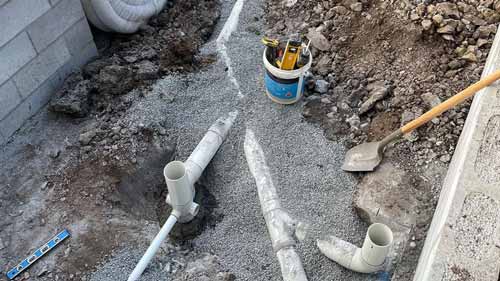
A rotary lobe pump is a type of positive displacement type pump that uses two or more lobes to transfer liquids. These two rotary lobes are placed parallel to the direction of flow and can move massive amounts of liquid per unit of time. They are typically used in hygienic processing industries like biopharmaceutical manufacturing and beverage processing plants.
This guide will help you understand how they are used and how they work.
How Rotary Lobe Pumps Work
Rotary lobe pumps work very differently compared to regular gear pumps because the lobes do not make contact. This feature provides additional benefits over gear pumps in certain applications and when moving different materials.
The shafts used to rotate the lobes do so in opposite directions. They create and collapse cavities continuously when in operation and move products from the inlet port to the outlet port in doing so.
Since we know that rotary lobe pumps move a specific amount of fluid per revolution, we can vary the output by varying the speed of rotation. This is done using a variable frequency drive.
The rotary lobe pumps you would buy for sanitary processing industries are typically made out of stainless steel as it does not present the contamination issues you would get with regular steel or aluminum.
Advantages of Using Rotary Lobe Pumps
Because they never touch, the lobes in rotary lobe pumps make them perfect for moving solids suspended in liquids. For example, they can move olives or cherries suspended in liquid easily without crushing or degrading them. They are also the ideal solution for moving very viscous fluids.
Rotary lobe pumps can also move larger particles compared to other positive displacement pumps. They can also be cleaned using steam-in-place or clean-in-place methods, making them ideal for use in hygienic industries.
These types of pumps also have very accurate and consistent output volumes. Head pressure does not affect the output volume if the liquid is sufficiently viscous.
Rotary lobe pumps are also self-priming if they are wet before operation. They can also run dry for a long time, assuming the seals are lubricated properly. They are also easier to maintain than other types of positive displacement pumps and gear pumps.
Disadvantages of Using Rotary Lobe Pumps
These types of pumps are also more expensive than other types of pumps. Because they are driven using a motor and gear reducer, these pumps also have a much larger footprint than other pumps. Additionally, the gear reducer can affect their outputs and speeds, making them less efficient in some cases.
Rotary lobe pumps also use two seals. These seals can make these pumps much more difficult to maintain, which increases the cost of ownership and maintenance.
These pumps are also less efficient when pumping very light or low-viscous fluids, even though they are typically the best option when pumping highly viscous fluids or ones with suspended particles.
Rotary lobe pumps work very differently compared to gear pumps. Instead of gears, they use rotary blades that do not touch, and that makes them the better option for transporting materials you do not want to be crushed. Their speed and output can also be varied depending on specific needs, which is a significant advantage over other types of pumps.




